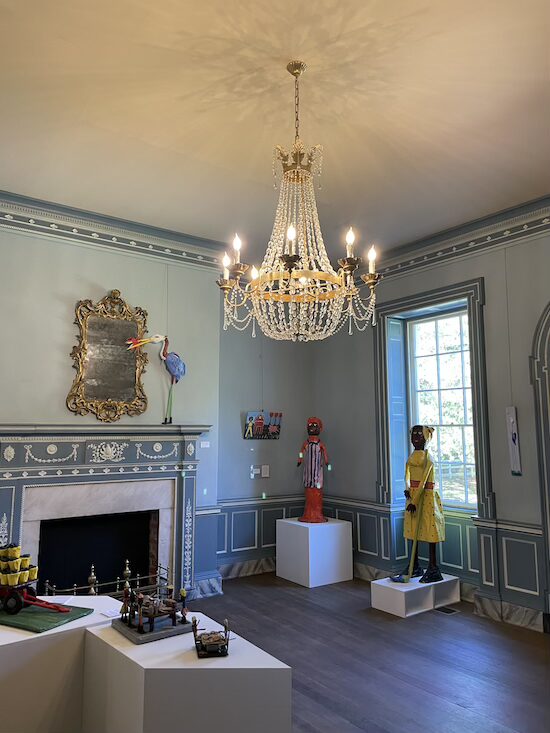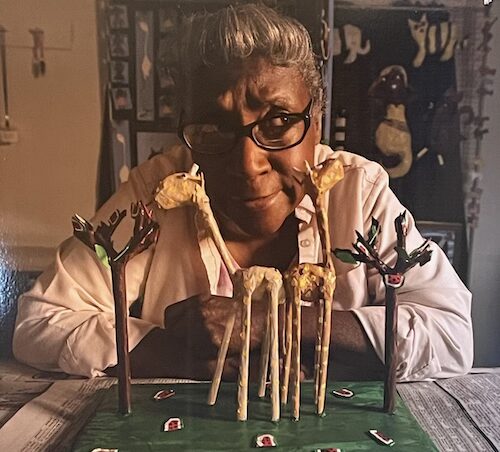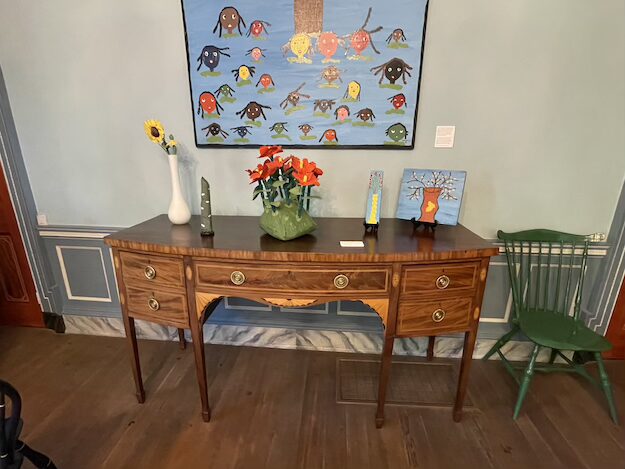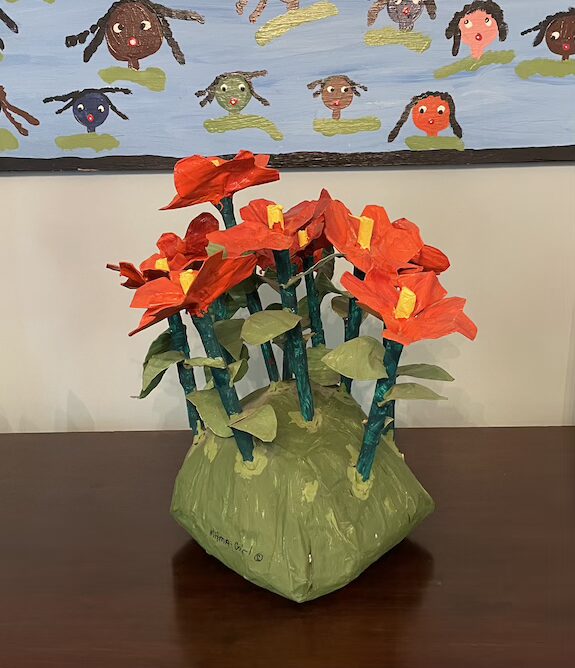Mark’s Score 8.9

I have repeatedly said how much I enjoy visiting small town museums. They are windows into the soul of their host communities. Sometimes these museums are little more than junk shops. Sometimes they are the dream child of local amateur historians and community boosters. I love them all, but sometimes you run across a professionally run historically significant museum that captures the essence of local culture and Ker Place is one such museum.

Ker Place was constructed by John Shepherd Ker and his wife Agnes in 1799-1801. The house was built, in the Georgian-style, on a 365-acre (148 hectares) plot of land owned by Agnes. Eventually the plantation grew to over 1,500 acres (607 hectares). The plantation had many slaves but John was an adherent of the anti-slavery Methodist movement of the early 1800s. Upon his death he called for the manumission of the plantation’s slaves in his will. In 1960 the Eastern Shore of Virginia Historical Society purchased Ker Place from the Oldham sisters. The Society restored the home to its original state and opened it as a museum.

I was looking forward to visiting this museum. I had heard some good things about its authenticity and its attention to historical accuracy and detail. However, when I arrived, I discovered that the museum had been cleared of most of its period furnishing so that it could host an art exhibit of local artist Mary Elisabeth Only, fondly known as “Mama-Girl.”
At first, I was a little annoyed that I would not get to see most of the museum’s exhibited items. But I had driven for over an hour and I was there, so I decided to peruse the Mama-Girl” art exhibit, and I am so glad I did.

Mama-Girl grew up in the town of Painter, VA and passed away in 2018. She struggled through her early life. After a time in a psychiatric hospital, according to her, a guiding spirit directed her toward art. In spite of a great deal of skepticism she began making papier-mâché sculptures. She was inspired by her faith, her traditions, and the stories of the Eastern Shore. Eventually she attracted a following in the national art world.

Fortunately, not all of the furniture had been removed, so in addition to the art exhibit I was able to see some of the period furniture. As for Mama-Girl’s artwork, I believe the correct term for her style would be primitive. According to Google the primitive style is, “the art of untrained artists, characterized by simplicity, boldness, and emotional directness.” That description encapsulates Mama-Girl’s work. At first, I wasn’t sure what to make of it. But as I progressed from room to room you could feel her emotion and her innate goodness. I came to believe that she was indeed divinely inspired, and that divinity comes out in her work.

The exhibit will run until November 7th. So, if you want to see it, and I encourage you to do so, you better do it soon.

Leave a Reply